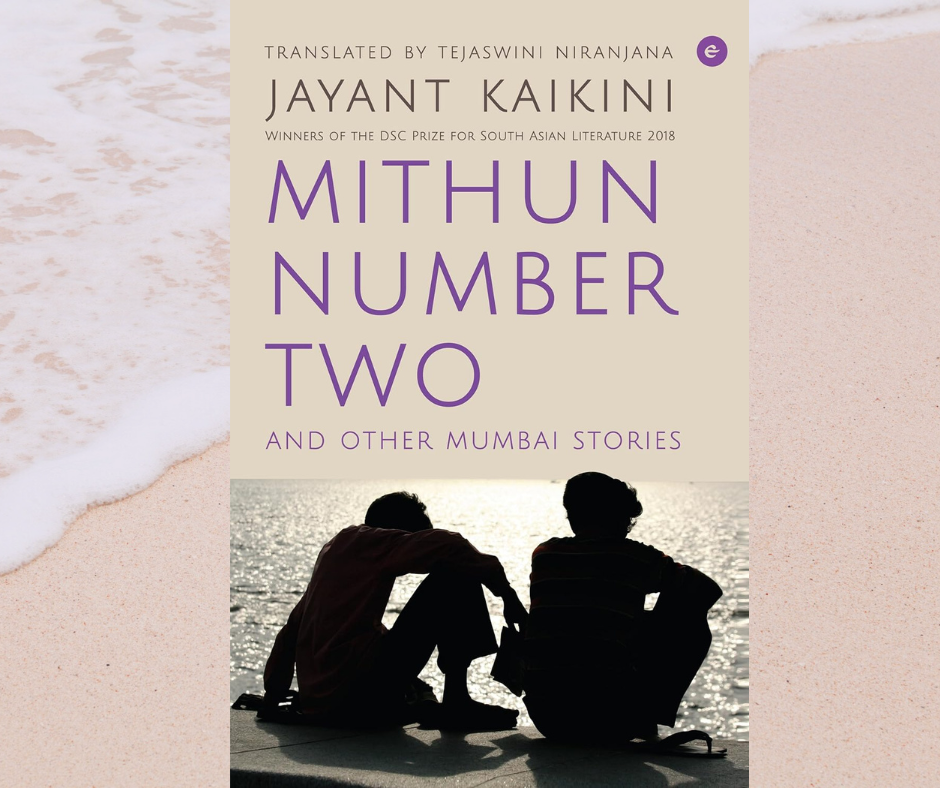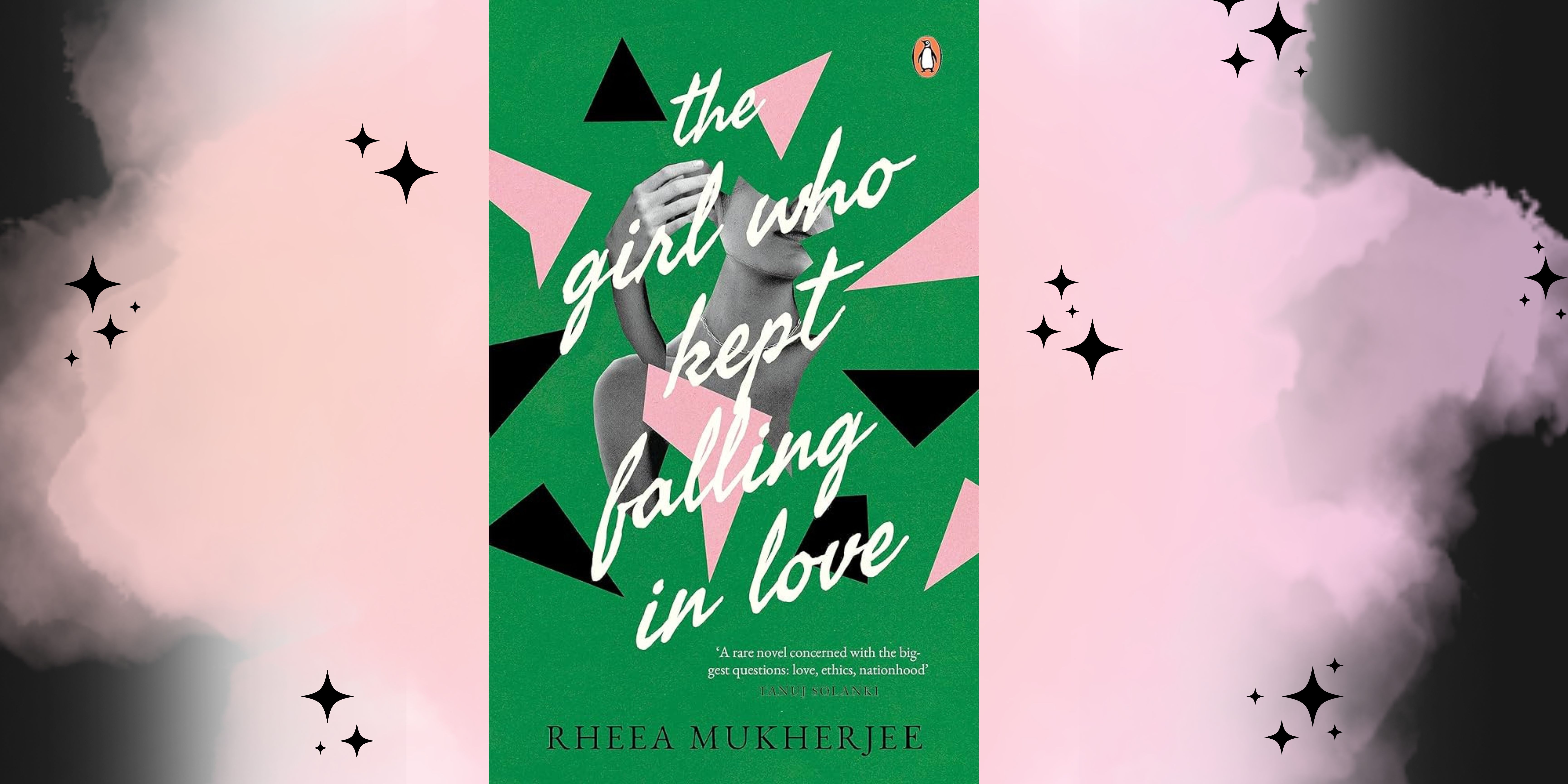Can’t
by Shinie Antony
Publisher: Speaking Tiger (2024)
This novel by Shinie Antony is about Nena, a deliciously odd woman in her seventies, who lives alone and enjoys telling infidelity stories about her own late husband. It is about she, who mourns her beloved books buried in the river bed…she, who lives inside storybooks…and she, who is allergic to herself. You may imagine that the title, and the succulent, green thorny cacti on the cover are teasers of what to expect, but mind you, they may deceive you as does Nena.
The people around Nena try their best to offer pity and sympathy; but come back with a piece of her infectious laughter. Her solitary life is soon bombarded by a college drop-out teenager, whom she calls Tata and whose mother thinks can be helped by Nena – to make some sense of his time; and life.
Nena is born wounded by water, with a rare disease called Aquagenic urticaria, which is an allergy to water causing skin rashes. She cannot drink water; she cannot touch it at all. She is a cactus by herself, full with the life of water within her and arid without. The novel is also about Tata, her only acquaintance of her sunset days, who speaks silence as his first language (‘I don’t trust words-words take sides’). They fit each other like a jigsaw puzzle-his language of silence complementing her constant chirping. Nena, who occupies ‘her yesterdays as solidly as her todays’ and Tata who waits for real life to ‘begin tomorrow or day, next month, next year…’ Together, they set off on a journey, trying to track down the women in her husband’s life. Some they fail, some they succeed. Each journey, though, teaches them something about their lives. The quest extends to the reader too–we flex, we twitch and we shrink as we move forward with them.
Nena loves her weeds, thorns and nettles more than her lilies and orchids. She believes that the evil uses a lot more cologne, perhaps to hide their vile. Her nettles and cacti are full of water, like her; but live in aridity. She loves them as much as she loves water, though she knows they will harm her. She finds solace when her nettles consume water on her behalf. Her house is sans kitchen, and food sacks are left open for mice to help themselves.
Nena’s laughter, her high spirits and her means of redressal — all may very well be a suture on her open wound…or perhaps a series of wounds starting from the one created by water. The last one was from her marriage. Eventually, she leaves her hiding den called marriage. This, is her consummation.
Nena’s pursuit of the women in her husband’s life is not just an urge for redressal. Why is she desperately trying to find the babies (now middle- aged men or women) that these women might have borne him? Does she owe an apology? Does she seek closures? Does she seek the spirituality of motherhood? ‘Babies are like water’; she says at one point. Something that she misses and wants to have, so desperately. And we see her rage all over the place—rage of being orphaned, rage of discrimination, rage of not being loved, rage against the ‘customary indifference’ of her husband, rage of being betrayed and rage of loneliness.
As Nena tries to answer the question of one of the women she has sought, the author tries to tell us that there are so many equations between a man and a woman beyond the usual norms of the society. They may as well be the Tata and Nena of the old Aztec myth in which the Rain God created a flood to wipe off wicked humans from the earth. Tata and Nena who were a couple living through the 4th era of earth, were spared from the deluge as the God was fond of them. But eventually they fail him.
The characters are nuanced, flawed. They are tricky — sometimes loud and sometimes subtle. There are numerous allegories of language, songs, mythology and medicine which help to build these nuances around the central characters. The writer switches between first person and third person and uses the narrative techniques neatly to give different perspectives. The juggling between time and space feels a little cracked, and the reader may lose the smoothness of the ride. The portion about Nena’s husband seems out of sync with the rest of the novel because we never quite get to know him. The novel is very lyrical, almost a poetry in disguise. The title is very powerful and could have been used in an exponential way in the text. The story is mostly about the ‘can’ s of Nena. Her refusals and denials could have been given more prominence and space.
Nena’s stories may well be ‘stories’ after all…And her pursuit of the women may as well be the pursuit of herself.










RELATED ARTICLESMORE FROM AUTHOR
Mithun Number Two and Other Mumbai Stories
Minor Disturbances at Grand Life Apartments
The Girl Who Kept Falling In Love